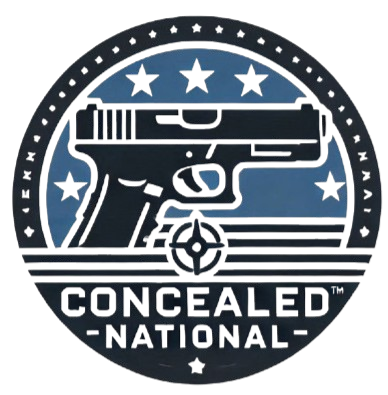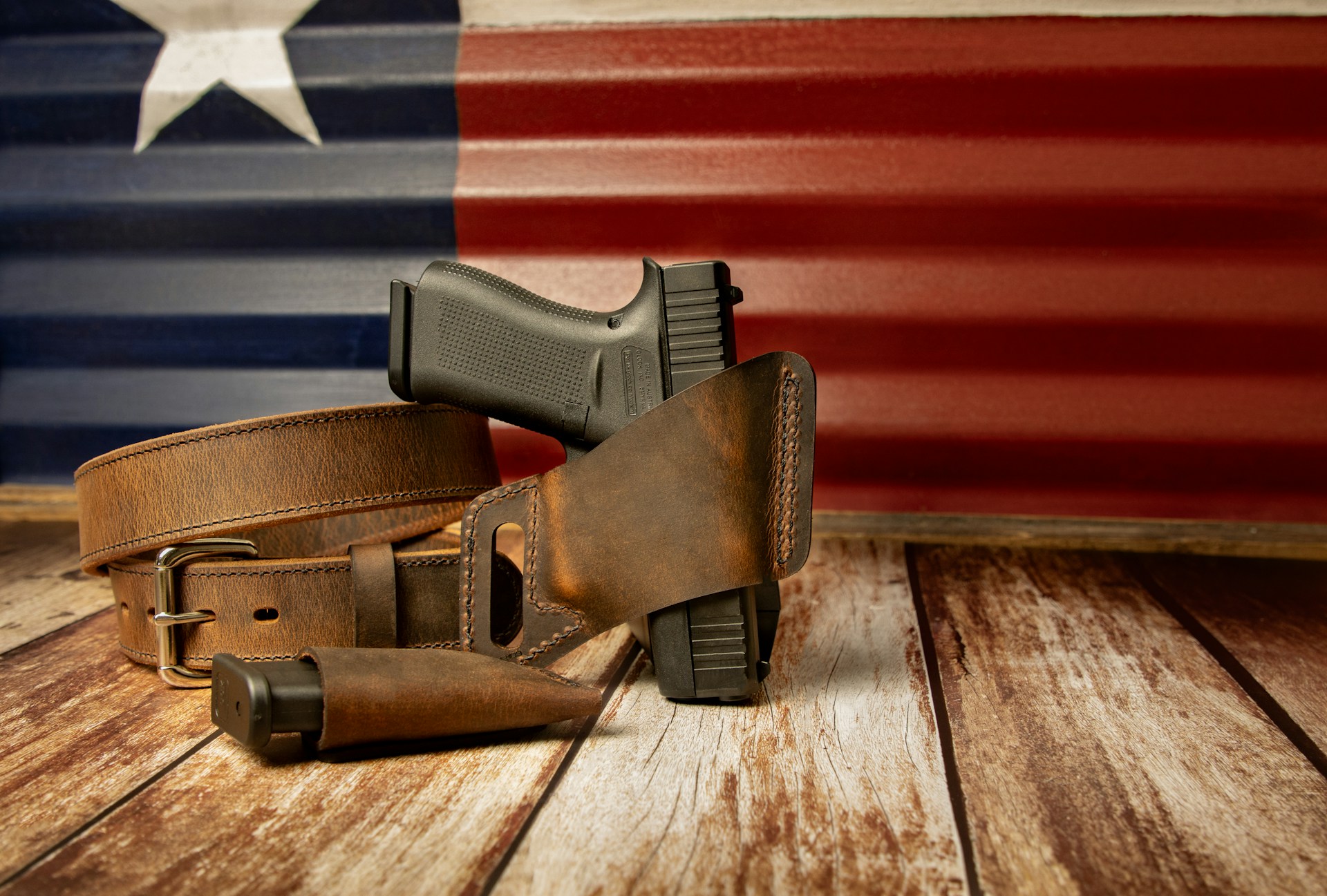Concealed carry, the practice of carrying a hidden firearm in public, is a right afforded to many citizens in the United States. However, it comes with a significant level of responsibility. Whether you’re considering getting your first concealed carry permit or are new to carrying, this beginner’s guide will provide essential information on the process, best practices, and important considerations to ensure you carry responsibly and safely.
Understanding Concealed Carry
Concealed Carry Permits: A concealed carry permit, also known as a concealed handgun license (CHL) or concealed carry weapon (CCW) permit, legally allows you to carry a concealed firearm. The requirements for obtaining a permit vary by state but generally include background checks, firearm training courses, and meeting minimum age requirements.
Reciprocity: It’s crucial to know that not all states recognize concealed carry permits from other states. Reciprocity refers to the agreement between states to honor each other’s permits. Before traveling, always check if your permit is valid in the states you plan to visit.
The Process of Obtaining a Permit
- Research State Laws: Start by researching the concealed carry laws in your state. Understand the specific requirements, including any necessary training, documentation, and fees.
- Complete Required Training: Many states require you to complete a firearms training course. These courses cover essential topics such as firearm safety, basic marksmanship, and legal aspects of carrying a concealed weapon.
- Submit Your Application: Once you’ve completed the training, you’ll need to submit an application to your local law enforcement agency or state authority. This typically involves providing personal information, fingerprints, and passing a background check.
- Await Approval: After submitting your application, there may be a waiting period while your background check is processed. Once approved, you’ll receive your permit, allowing you to legally carry a concealed firearm.
Choosing the Right Firearm
Size and Weight: When choosing a firearm for concealed carry, consider the size and weight. A compact or subcompact handgun is often preferred for ease of concealment and comfort.
Caliber: The caliber of the firearm is another important factor. Common calibers for concealed carry include 9mm, .380 ACP, and .40 S&W. Each caliber has its pros and cons in terms of recoil, stopping power, and ammunition availability.
Reliability: Your concealed carry firearm must be reliable. Choose a reputable brand and model known for its dependability. It’s also a good idea to read reviews and seek recommendations from experienced concealed carriers.
Comfort and Fit: The firearm should feel comfortable in your hand and be easy to operate. Consider visiting a shooting range where you can try different models to find the best fit for you.
Holsters and Concealment
Types of Holsters: There are various types of holsters designed for concealed carry, including inside-the-waistband (IWB), outside-the-waistband (OWB), shoulder holsters, ankle holsters, and pocket holsters. Each type has its advantages and disadvantages, so it’s important to choose one that suits your lifestyle and comfort.
Retention: A good holster should securely retain your firearm, preventing accidental discharges and making it difficult for someone else to take it from you. Look for holsters with retention features such as adjustable screws or thumb breaks.
Concealment Clothing: Wearing the right clothing can help you conceal your firearm more effectively. Consider clothes that provide adequate coverage without printing (showing the outline of the gun). Layering and using concealment-specific garments can help.
Safety Practices
- Always Follow the Four Rules of Gun Safety:
- Treat every firearm as if it’s loaded.
- Never point a firearm at anything you’re not willing to destroy.
- Keep your finger off the trigger until you’re ready to shoot.
- Be sure of your target and what’s beyond it.
- Regular Training and Practice: Consistent training and practice are essential for responsible concealed carry. Regularly visit the shooting range to maintain and improve your skills. Consider taking advanced courses that focus on defensive shooting and real-world scenarios.
- Situational Awareness: Being aware of your surroundings is crucial when carrying a concealed firearm. Avoid situations that could escalate into violence and always be prepared to de-escalate if possible. Knowing when to draw your firearm is just as important as knowing how to use it.
- Safe Storage: When you’re not carrying, ensure your firearm is stored safely. Use a gun safe, lockbox, or another secure method to prevent unauthorized access, especially if you have children or others who should not have access to firearms.
Legal Considerations
Understand Self-Defense Laws: Laws regarding the use of deadly force in self-defense vary by state. It’s vital to understand the legal framework in your state, including the concepts of “stand your ground” and “duty to retreat.”
Traveling with a Firearm: If you plan to travel with your concealed firearm, research the laws of each state you will be traveling through or visiting. Some states have strict regulations about transporting firearms, and ignorance of these laws can lead to severe legal consequences.
Interaction with Law Enforcement: Know the proper procedures for interacting with law enforcement while carrying a concealed firearm. Some states require you to inform officers that you are carrying, while others do not. Always follow the law and maintain a respectful attitude during interactions.
Concealed carry is a significant responsibility that requires a commitment to safety, training, and legal compliance. By following the steps outlined in this guide, you can ensure that you are well-prepared to carry a concealed firearm responsibly. Remember, the goal of carrying a concealed weapon is to enhance your personal safety and the safety of those around you. Always prioritize de-escalation and use your firearm as a last resort.
Whether you’re new to concealed carry or considering it for the first time, being informed and prepared is key to being a responsible gun owner. Stay safe, stay vigilant, and continue to educate yourself on best practices and legal requirements.


Leave a Reply